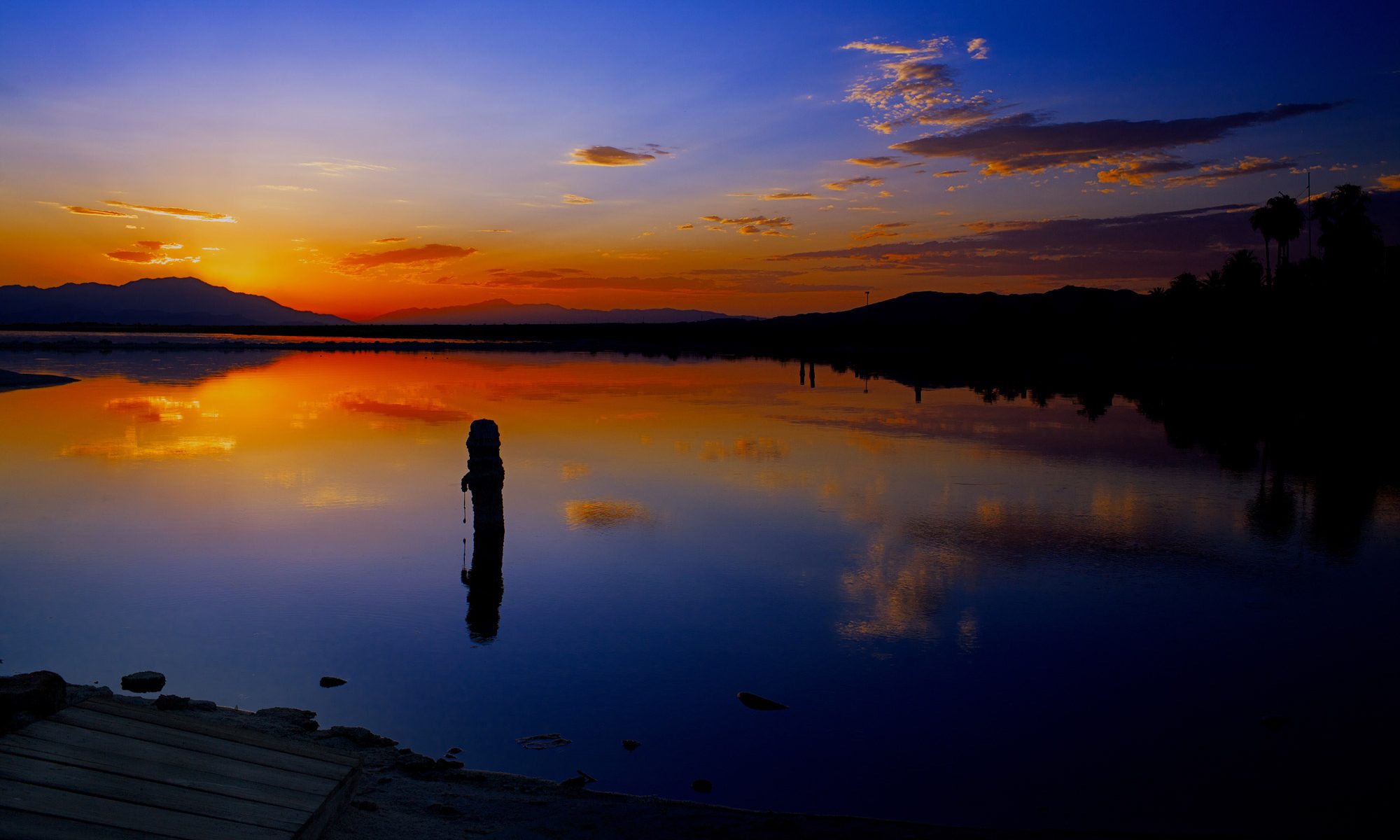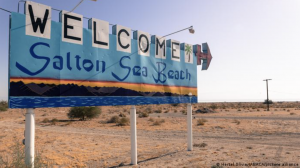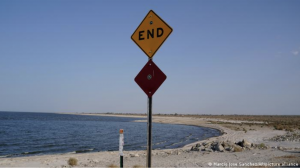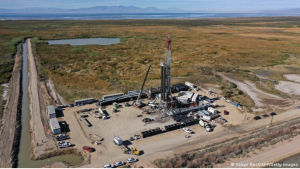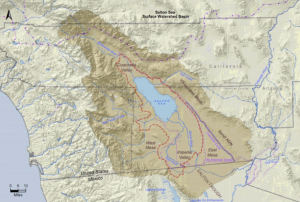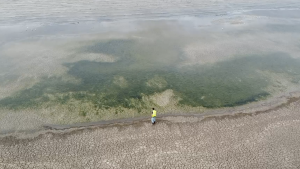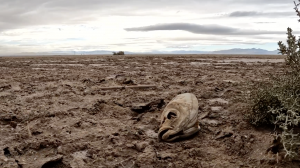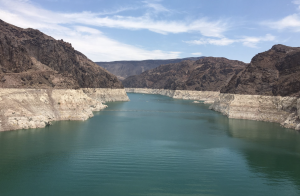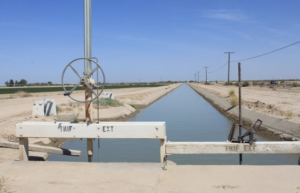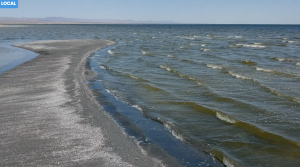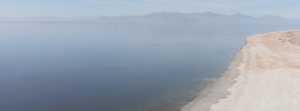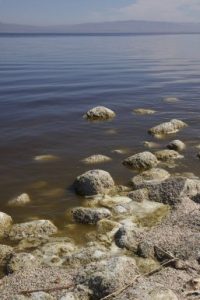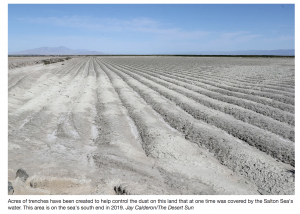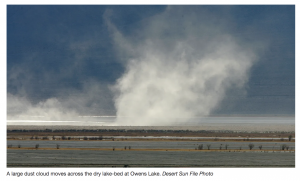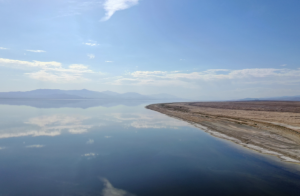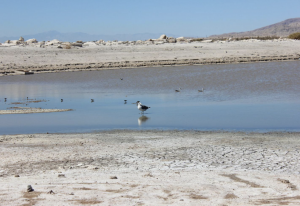By Kyle Paoletta
The United States’ century-old ambition to impound and divvy up every drop of water that could be wrung from its most arid stretches began with a flood. A private firm called the California Development Company (CDC) completed a canal in 1901 that zigzagged across the state’s border with Mexico in order to connect the Colorado River to a dry riverbed that aspiring farmers had already begun to section off for themselves, heeding the proclamation by the newly founded Imperial Valley Press that the region constituted “the most fertile body of arid land on the continent.”
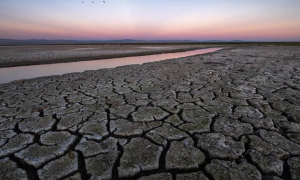
Only two years later, the CDC’s canal was filled with silt, and the customers who had paid up-front for rights to water that could no longer be delivered started filing lawsuits. The CDC dug a new ditch next to the original canal, but in its desperation to act quickly, the company neglected to build any means of controlling how much of the river was diverted into this new channel: If the Colorado flooded, the excess water had nowhere to go but toward the Imperial Valley. To make matters worse, 1905 was an unusually wet year, and by autumn the Colorado was flowing with the same force as Niagara Falls. The CDC’s diversion held, but that only served to funnel the entire river downhill into the valley’s center, a vast salt plain then known as the Salton Sink. It would take two years before the river was contained. Once it was, California had a new body of water, the Salton Sea, almost twice the size of Lake Tahoe.
The Salton Sea was formed before the Hoover Dam, before Lake Powell, before the aqueducts that stretch for hundreds of miles across the West. But there were many more new water features on the horizon: The Bureau of Reclamation, created to develop a “system of nationally-aided irrigation for the arid reaches of the far West,” began building dams across the region in the first decade of the 1900s. It also acquired control of many private water schemes in order to subsidize the price of the water delivered to farmers and residents of the future communities that were being built by urban developers.
The West became dependent on these waterworks as soon as they were constructed, even as their forerunner, the Salton Sea, was slowly transforming into a surreal and toxic landmark. The so-called sea’s salinity began to rise as soon as it was formed, because its water evaporated steadily in the unrelenting sunshine. Over the following decades, the lost water began to be replenished by the runoff from the acres of farms and feedlots spreading across its southern edge. But as the basin was refilling, the runoff was turning the Salton Sea into one of the most polluted bodies of water in the West—a lake that gives off a sulfuric stench of eggs and kills migrating birds by the thousands. The western shore, meanwhile, was littered with detritus from weapons testing by the United States military, and along the eastern shore you could find a tourist town called Bombay Beach that would be all but abandoned in the 1970s after being flooded with runoff. Bombay Beach has since found a second life as an artists’ colony that, starting in 2015, has staged a yearly “biennale” that bills itself as a “renegade celebration of art, music, and philosophy that takes place on the literal edge of western civilization.” But everywhere around the Salton Sea, the shoreline is receding, leaving thousands of acres of polluted playa—the earth that remains after the water has evaporated—which, once it becomes airborne on the wind, produces some of the worst asthma rates in California.
